Chronic inflammation has been linked to everything from joint pain and fatigue to heart disease and autoimmune conditions. While some foods fan the flames, others can help calm them. Here’s a side-by-side guide of what to avoid—and what to reach for instead—to help your body fight back.
1. Refined Sugar

Imagine a world where sweetness comes without consequence. Unfortunately, refined sugar isn’t part of that world. Its consumption can cause insulin spikes, which lead to systemic inflammation throughout the body. You might find it in sodas, candies, and baked goods—those delightful treats we often crave. But, what if that craving leads to more than just a sweet tooth? As we indulge, this sugar silently wreaks havoc, exacerbating inflammatory processes that can affect overall health. Consider this next time you reach for a sugary snack: is it worth the inflammatory price? Perhaps moderation, rather than elimination, is the key to maintaining both health and happiness.
2. White Bread

Picture biting into a soft, fluffy slice of white bread. While it may comfort the senses, it charges a hidden toll. Highly processed and low in fiber, white bread can contribute to inflammation by causing spikes in blood sugar levels. When these levels fluctuate dramatically, they can trigger inflammatory responses, even if subtly. Switching to 100% whole grain or sprouted varieties offers a more balanced option, providing fiber and nutrients without the inflammatory downside. These alternatives can help maintain stable energy levels, providing a more wholesome and satisfying dietary experience.
3. Processed Meats

Processed meats like bacon and sausages often tempt with their savory allure, yet their hidden ingredients may betray health. Rich in nitrates and advanced glycation end-products (AGEs), these meats can promote inflammation. Consuming them regularly may increase the risk of chronic diseases linked to inflammation. Their convenience and flavor might seduce the taste buds, but the body’s inflammatory response is the cost. Exploring alternatives or moderation could be a more nurturing choice for the body, providing satisfaction without the unwanted inflammatory side effects.
4. Fried Foods

Crispy French fries and onion rings may be a universal comfort, but their preparation process is less friendly. Laden with trans fats and oxidized oils, fried foods are notorious for inducing inflammation. These fats can alter the body’s natural balance, promoting inflammatory pathways. While they offer a moment of culinary satisfaction, the long-term impact on health might not justify the indulgence. Considering baked or air-fried alternatives can provide a similar crunch without the inflammatory baggage, allowing for enjoyment without compromise.
5. Soda & Sugary Drinks

Imagine the refreshing fizz of soda on a hot day—it feels invigorating, yet it conceals a sugary secret. Sugary drinks, including sodas, combine sugar with phosphoric acid, creating a potent inflammatory cocktail. Even diet versions might disturb gut balance, potentially leading to inflammation. The occasional indulgence can quickly become habitual, prompting an inflammatory cycle that’s hard to break. Opting for water or herbal teas can offer hydration and satisfaction without the inflammatory consequences, supporting health in more sustainable ways.
6. Margarine

Margarine, often chosen as a butter substitute, carries hidden complexities. Frequently containing trans fats, it can contribute to inflammation by disrupting normal cellular processes. While intended to provide a heart-healthy alternative, its ingredients may counteract that intention, leading to unintended inflammatory effects. Switching to grass-fed butter or olive oil offers natural options that align more closely with health goals. These alternatives can complement meals without compromising wellness, providing flavorful and nourishing choices that respect the body’s needs.
7. Pastries and Cakes

The allure of pastries and cakes is undeniable, yet their ingredients weave a complex tale. Comprising refined flour, sugar, and hydrogenated fats, these treats present a triple threat to inflammation. Their tantalizing taste is often overshadowed by the body’s response, as these components fuel inflammatory pathways. While they may offer momentary delight, they also demand a toll on health. Mindful indulgence and seeking healthier recipes can allow enjoyment without the inflammatory burden, preserving both pleasure and wellbeing.
8. Alcohol (Excessive)

In moderation, alcohol can be part of social gatherings, yet excessive consumption poses risks. It disrupts liver function and gut health, potentially leading to increased inflammation. The social allure of a drink may be tempting, but the consequences can extend beyond the moment. Limiting intake to 1 drink per day for women and 2 for men can help maintain balance, allowing enjoyment without sacrificing wellness. This approach supports a lifestyle where health and celebration coexist harmoniously.
9. Vegetable Oils (Highly Processed)

Highly processed vegetable oils such as corn, soybean, and sunflower oil may seem innocuous. Yet, their high omega-6 levels can disrupt the delicate omega-6/3 balance, fostering inflammation. These oils often find their way into everyday cooking, subtly influencing the body’s inflammatory processes. Choosing alternatives like olive or flaxseed oil can offer healthier fats that align with anti-inflammatory goals. By making mindful swaps, the kitchen becomes a place of nourishment, supporting balance and health.
10. Artificial Sweeteners

Artificial sweeteners promise sweetness without calories, yet their effects may extend beyond taste. Some studies suggest they may alter gut bacteria, promoting inflammation in sensitive individuals. The quest for calorie-free sweetness often leads to unexpected consequences, influencing health and wellness in subtle ways. Exploring natural sweeteners like honey or maple syrup can provide satisfaction without the risk of inflammation, offering sweetness that aligns with the body’s needs.
11. Red Meat (Excessive)

A perfectly grilled steak can be a culinary delight, yet excessive consumption of red meat carries concerns. Rich in saturated fat and inflammatory compounds, it can contribute to chronic inflammation if consumed in large quantities. Choosing grass-fed options or limiting portion sizes offers a way to enjoy red meat without compromising health. By considering the quality and quantity of meat, one can savor flavor while maintaining a focus on wellness.
12. Fast Food

Fast food, with its convenience and flavor, often becomes a go-to choice. However, its combination of sugar, salt, processed carbs, and unhealthy fats makes it an inflammatory powerhouse. The ease of access and instant gratification might lure taste buds, but the body’s response is less forgiving. Exploring homemade or healthier fast food alternatives can provide the satisfaction of familiar flavors without the inflammatory consequences.
13. Cheese (Overconsumption)
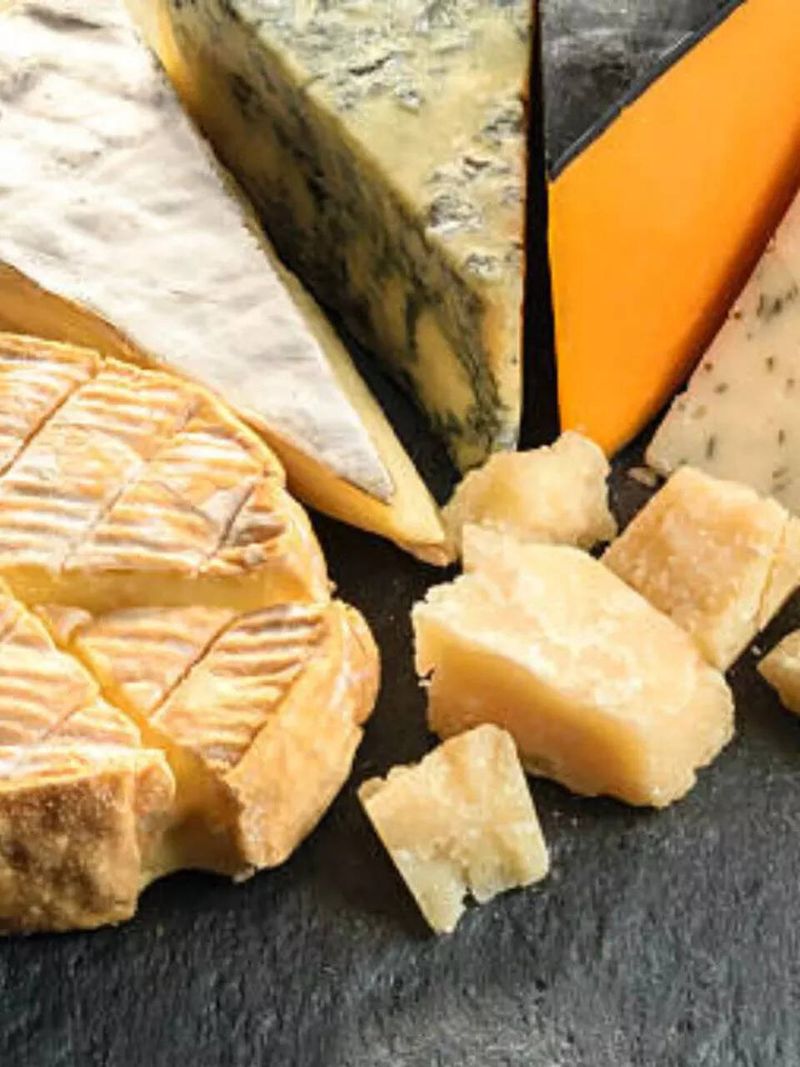
Cheese, with its rich texture and taste, holds a special place in many culinary traditions. Yet, overconsumption can lead to inflammation, as it is high in saturated fat and often hard to digest. Processed cheese products, in particular, can exacerbate these effects. Enjoying cheese in moderation and opting for natural varieties ensures pleasure without the inflammatory price, allowing cheese to remain a delightful part of the diet.
14. White Rice
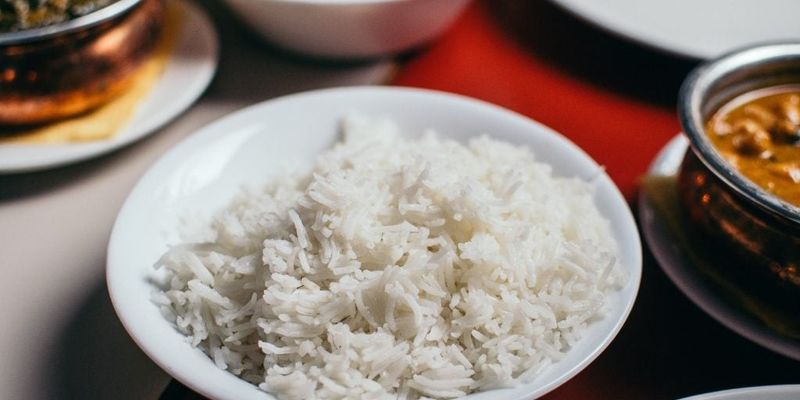
White rice, a staple in many diets, offers simplicity and comfort. However, it rapidly digests, causing blood sugar spikes that can trigger inflammation. While its texture and taste are appealing, the body’s response may be less so. Choosing whole grain varieties like brown rice can provide the same comfort with additional fiber and nutrients, supporting a balanced approach to health and wellness.
15. Canned Soups (High-Sodium)

Canned soups offer convenience but often come with a salty surprise. High sodium levels can increase inflammation and blood pressure, affecting overall health. The warming comfort of a bowl of soup may be overshadowed by these hidden risks. Exploring homemade recipes or low-sodium options can capture the essence of soup without compromising health goals, offering nourishment and warmth.
16. Ice Cream

Ice cream’s creamy texture and delightful flavors make it a cherished treat, yet its ingredients tell a different story. The combination of sugar, dairy, and additives forms an inflammatory trifecta that can impact health. While a scoop may satisfy a craving, its effects might linger longer than anticipated. Considering healthier alternatives or enjoying in moderation can provide the joy of ice cream without the inflammatory side effects.
17. Breakfast Cereals (Sugary)

Sugary breakfast cereals, often marketed as healthy, can conceal a sugary secret. Filled with sugar and refined grains, these cereals may lead to inflammation by causing blood sugar spikes. The promise of a quick and easy breakfast fades as the body’s reaction takes center stage. Opting for whole grain or low-sugar options can offer a nourishing start to the day, aligning taste with wellness.
18. Energy Drinks

Energy drinks, with their caffeine and sugar overload, promise a quick boost. However, they can stress the system, leading to potential inflammation. The immediate energy surge often comes at the cost of long-term health effects. Choosing natural energy sources like green tea can provide sustained vitality without the inflammatory risks, supporting a balanced and energetic lifestyle.
19. Flavored Yogurts
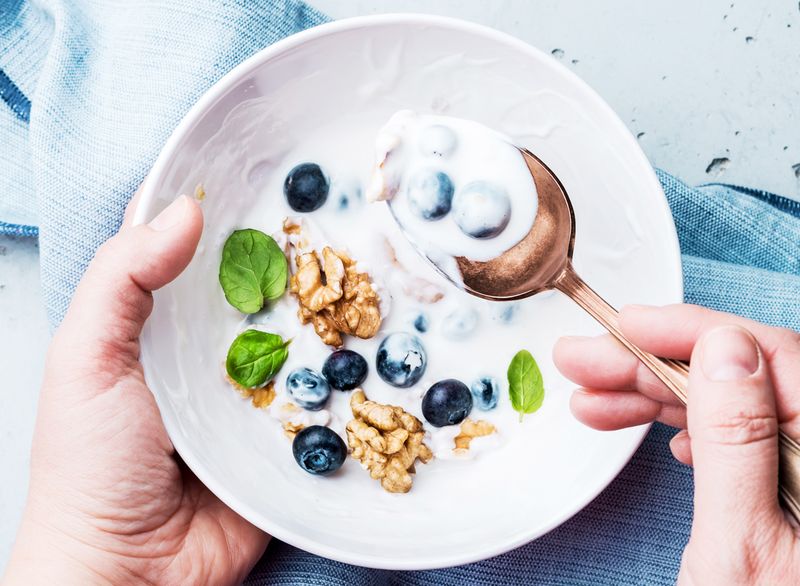
Flavored yogurts often entice with their fruity allure, yet they may contain more sugar than a candy bar. This sugar content can contribute to inflammation, overshadowing the benefits of yogurt. Opting for plain yogurt and adding fresh fruit allows for customization and enjoyment without the inflammatory drawbacks, creating a delightful and health-conscious choice.
20. Crackers and Chips
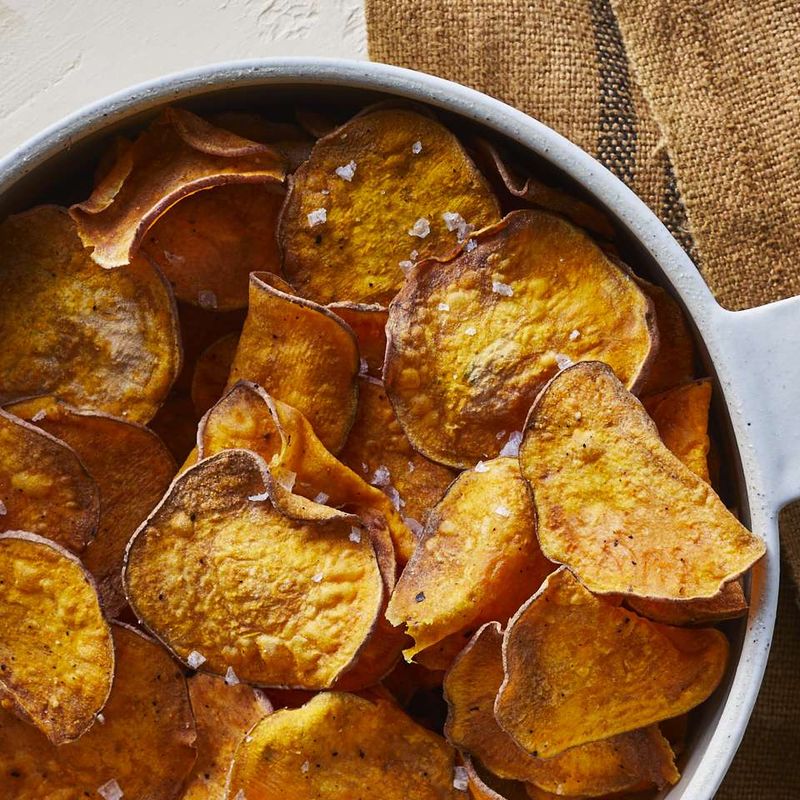
Crackers and chips, with their satisfying crunch, are a popular snack choice. However, they are dominated by processed carbs and unhealthy oils, leading to inflammation. Their convenience might tempt, but the body’s response could be less appreciative. Exploring whole grain options or preparing homemade snacks can offer the same crunch without the inflammatory baggage, promoting a mindful approach to snacking.
21. Fatty Fish

Fatty fish, like salmon and mackerel, offer a bounty of omega-3s that actively combat inflammation. Their rich, succulent flavors delight the palate while nourishing the body. These fish not only support heart health but also provide essential nutrients that keep inflammation at bay. Incorporating them into meals can turn dining into a celebration of health, blending taste with wellness.
22. Leafy Greens
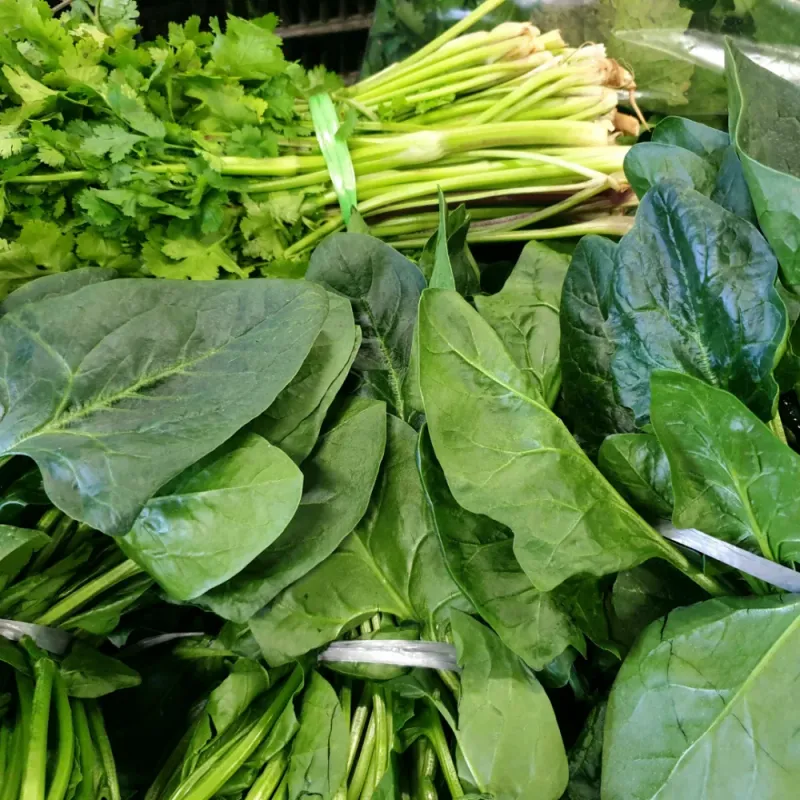
Leafy greens, such as spinach and kale, are nature’s powerhouses, rich in antioxidants and fiber that soothe inflammation. Their vibrant colors and crisp textures bring vitality to any dish. Including them in salads or smoothies not only adds flavor but also supports the body’s natural healing processes. These greens embody nourishment, turning every meal into a nurturing experience.
23. Berries
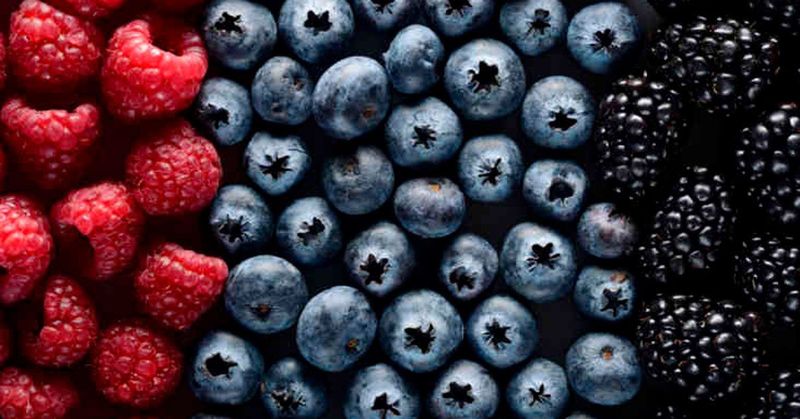
Berries, with their vivid hues and sweet-tart flavors, are more than just a treat. Loaded with polyphenols and vitamin C, they are powerful allies against inflammation. Whether enjoyed fresh or as part of a dessert, their natural goodness supports the immune system and adds a burst of joy to any meal. These small fruits pack a punch, offering both taste and health benefits.
24. Turmeric
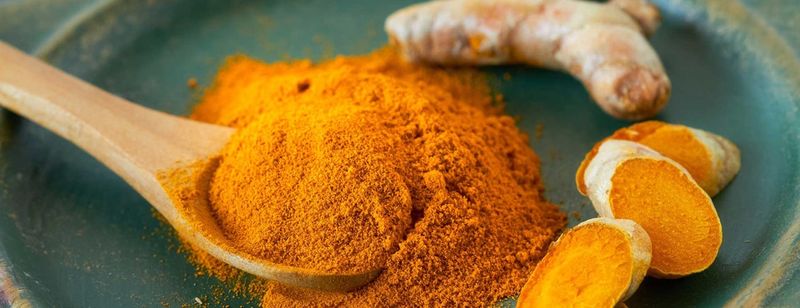
Turmeric, with its golden hue, is celebrated for its anti-inflammatory properties. Curcumin, its active compound, acts as a natural remedy for inflammation. Integrating turmeric into dishes or beverages not only adds color but also enhances health. When paired with black pepper, its absorption improves, ensuring that its benefits are fully realized. Turmeric turns meals into healing experiences, marrying tradition with modern wellness.
25. Olive Oil (Extra Virgin)
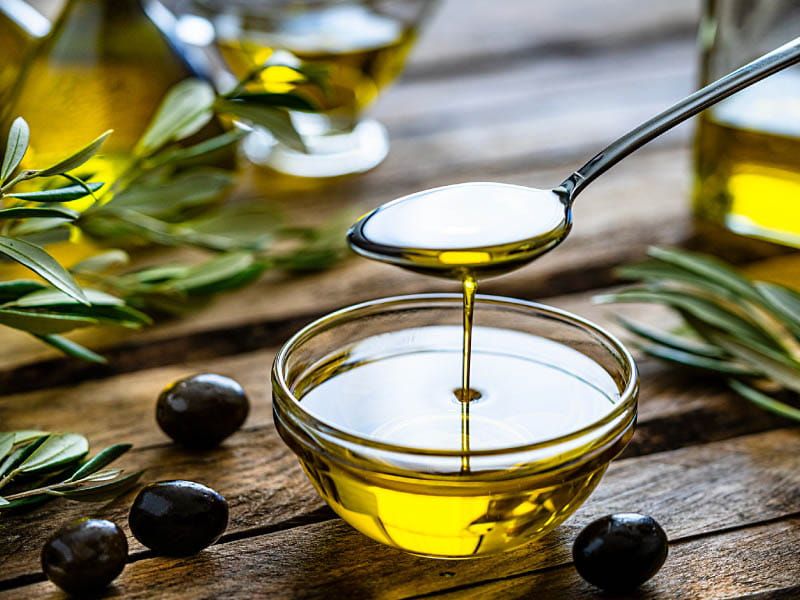
Extra virgin olive oil, with its smooth texture and rich flavor, is a culinary delight. Packed with monounsaturated fats and oleocanthal, it offers anti-inflammatory benefits. Drizzling it over salads or using it in cooking enhances both taste and health. This oil is more than a kitchen staple; it’s a bridge to Mediterranean wellness, inviting simple yet profound nourishment.
26. Nuts (Unsalted)
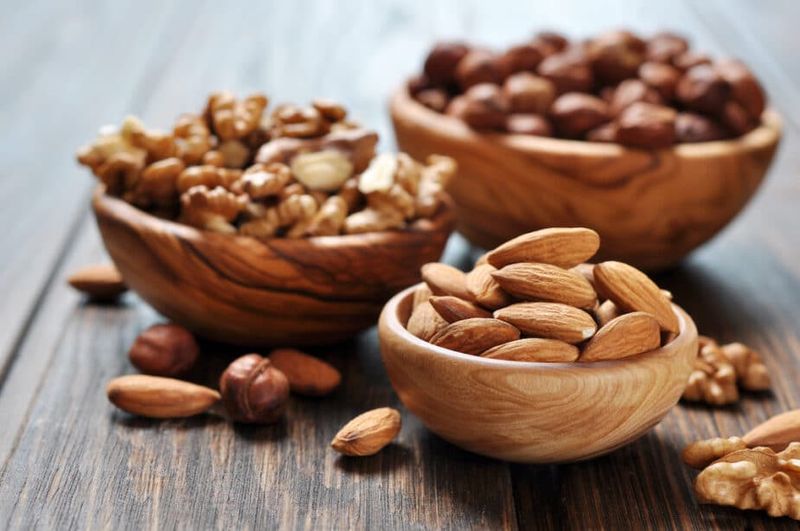
Nuts, especially walnuts and almonds, are a treasure trove of healthy fats, fiber, and antioxidants. Their rich, nutty flavors and satisfying textures make them a delightful snack. Unsalted, they offer the benefits of nourishment without added sodium, supporting heart health and combating inflammation. These nuts transform snacking into a mindful practice, blending taste with wellness.
27. Green Tea
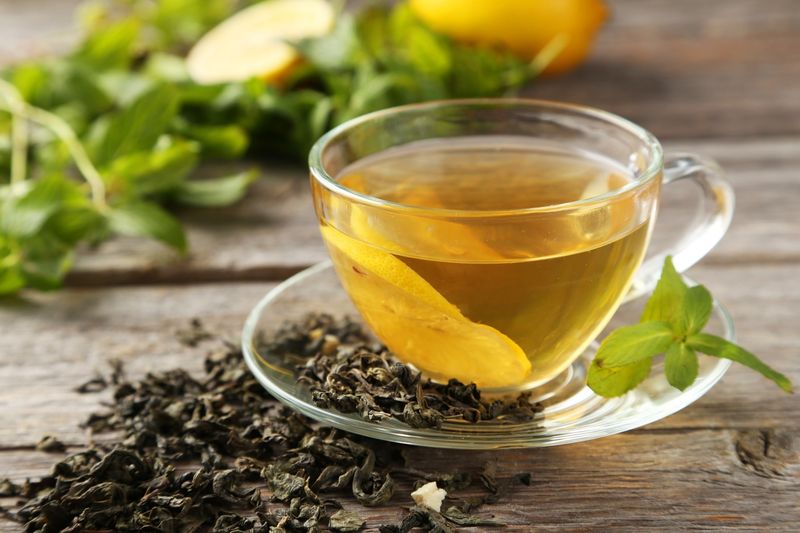
Green tea, with its delicate aroma and soothing warmth, is more than a beverage. Containing EGCG, it reduces inflammation at a cellular level, promoting overall health. Whether sipped slowly or enjoyed with a meal, its gentle effects resonate throughout the body. Green tea embodies tranquility and healing, transforming everyday rituals into moments of wellness.
28. Avocados
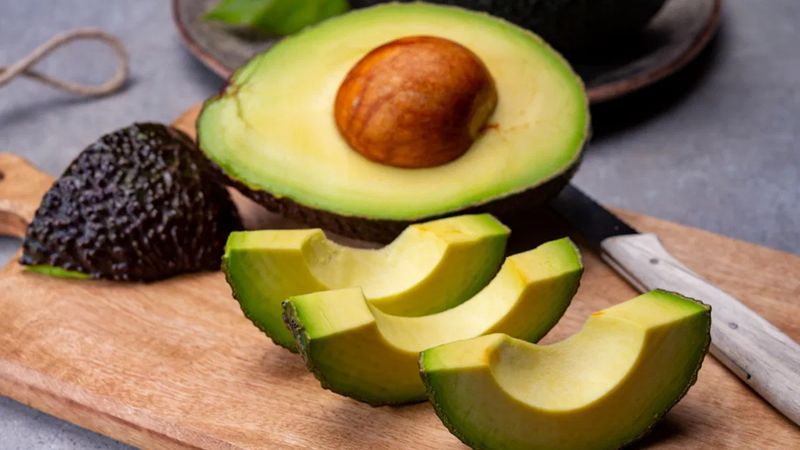
Avocados, with their creamy texture and subtle flavor, are a staple in many cuisines. Rich in healthy fats, magnesium, and fiber, they support anti-inflammatory processes. Whether spread on toast or added to salads, avocados bring nourishment and satisfaction to meals. Their versatility turns dining into an exploration of taste and health, offering both comfort and wellness.
29. Garlic
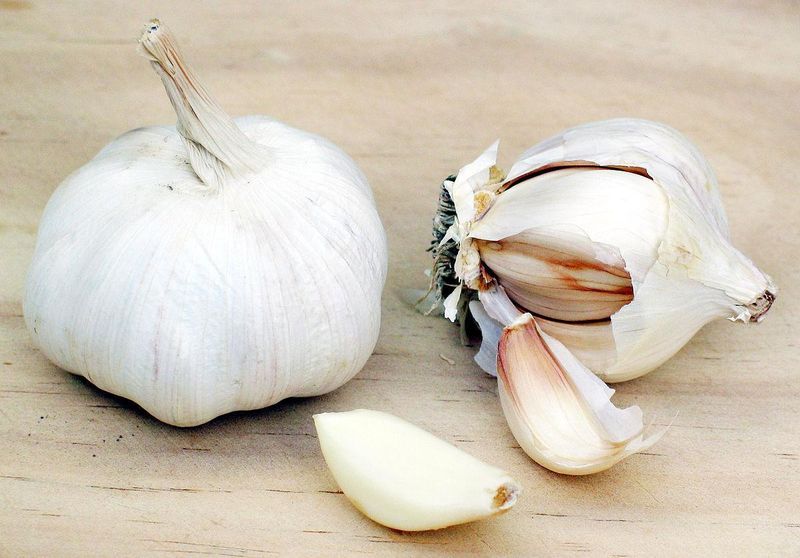
Garlic, with its pungent aroma and robust flavor, is a culinary cornerstone. Its sulfur compounds may reduce inflammatory markers, enhancing both taste and health. Integrating garlic into cooking not only adds depth to dishes but supports the body’s natural defense mechanisms. Garlic transforms meals into experiences of flavor and wellness, linking culinary tradition with modern health.
30. Ginger
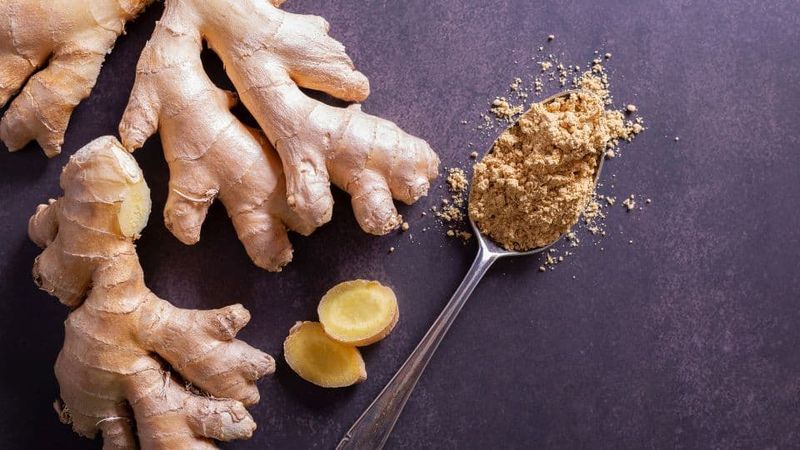
Ginger, with its warm, spicy notes, acts similarly to NSAIDs in the body, providing natural anti-inflammatory effects. Its versatile nature allows it to be used in teas, dishes, and desserts, adding both flavor and health benefits. Ginger turns ordinary meals into adventures of taste and healing, offering a bridge between culinary delight and wellness.
31. Tomatoes

Tomatoes, with their juicy texture and vibrant color, are rich in lycopene, especially when cooked. This compound offers anti-inflammatory benefits, supporting overall health. Whether enjoyed fresh or in sauces, tomatoes bring both flavor and nourishment to the table. Their presence in dishes elevates meals, connecting taste with wellness.
32. Broccoli
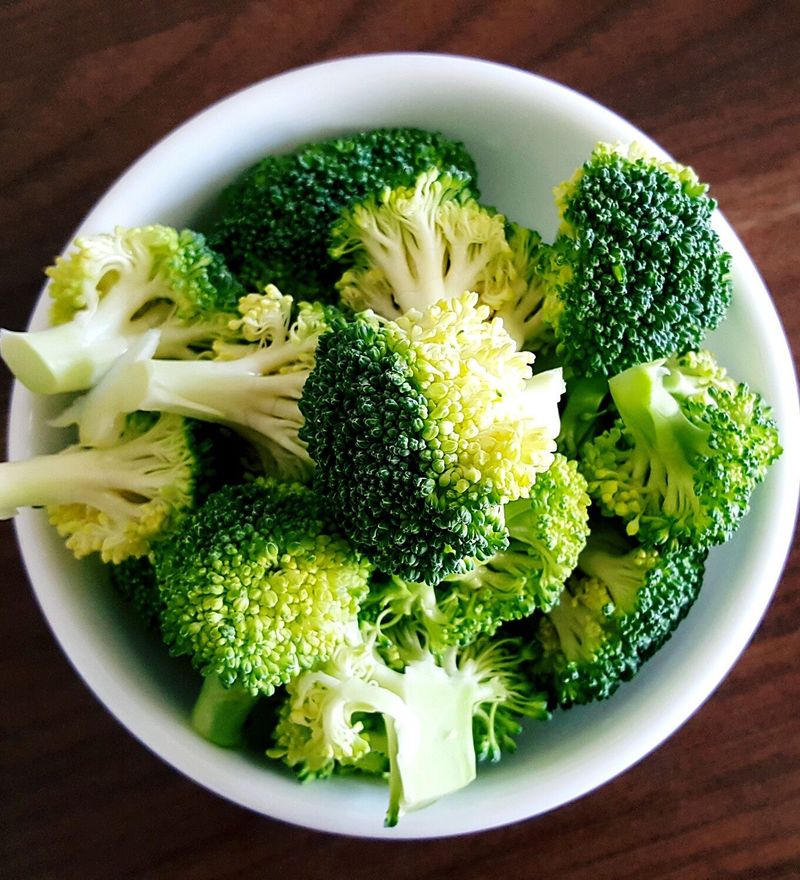
Broccoli, with its crisp texture and fresh flavor, contains sulforaphane, a compound that fights oxidative stress. Its vibrant green color and nutritional profile make it a cornerstone of healthy eating. Whether steamed or roasted, broccoli supports anti-inflammatory processes, turning meals into celebrations of health and taste.
33. Beans
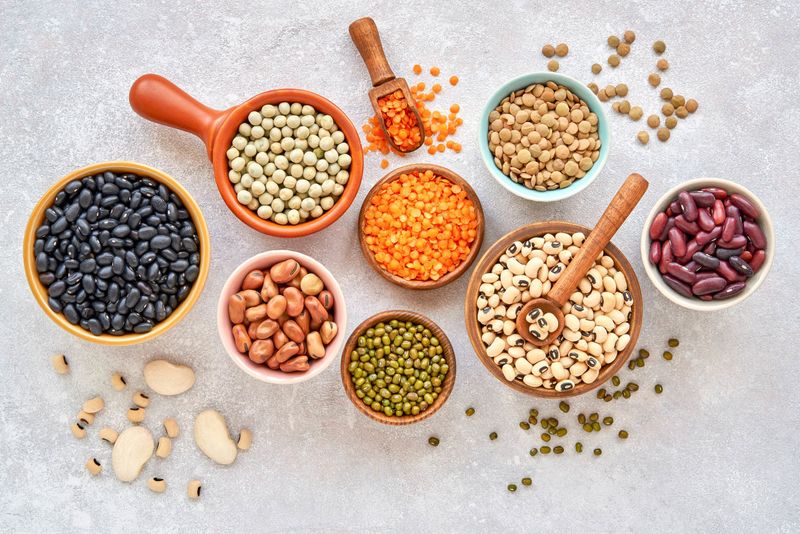
Beans, rich in fiber, protein, and polyphenols, offer both nourishment and flavor. Their hearty textures and diverse varieties make them a versatile ingredient in various dishes. Beans support digestive health and reduce inflammation, turning meals into experiences of comfort and wellness. These legumes are a bridge between taste and nourishment, providing sustenance and joy.
34. Chia Seeds
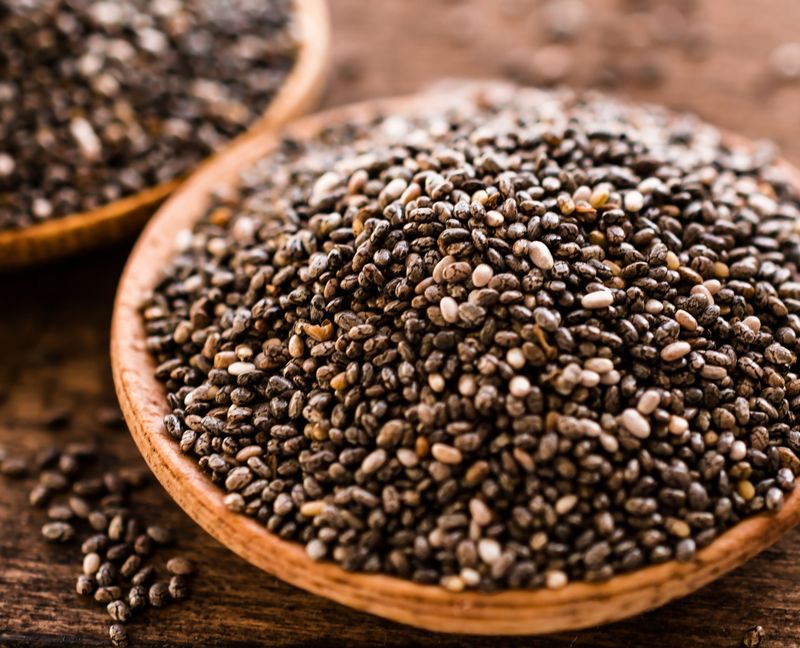
Chia seeds, tiny yet mighty, are loaded with plant-based omega-3s and fiber. Their subtle crunch and neutral flavor allow them to blend seamlessly into various dishes. These seeds support anti-inflammatory processes, enhancing both meals and wellness. Chia seeds transform simple recipes into nourishing experiences, marrying taste with health.
35. Dark Chocolate (70%+)

Dark chocolate, with its rich taste and luxurious texture, offers more than indulgence. Rich in antioxidants, it supports anti-inflammatory processes, creating a harmonious blend of taste and health. Enjoying it mindfully allows for pleasure without compromise, turning treats into moments of wellness. Dark chocolate is a testament to the balance between indulgence and nourishment.
36. Beets
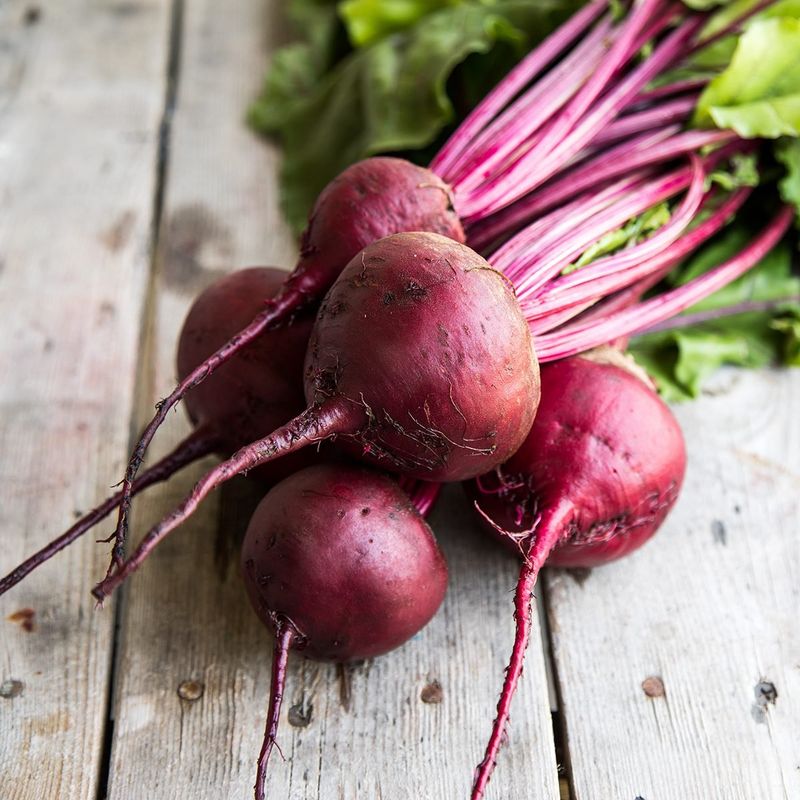
Beets, with their earthy flavor and vibrant color, support heart and immune health through natural nitrates and antioxidants. Their sweet undertones and firm texture make them a versatile ingredient in salads and dishes. Beets bring both nourishment and beauty to the table, turning meals into experiences of taste and wellness.
37. Mushrooms
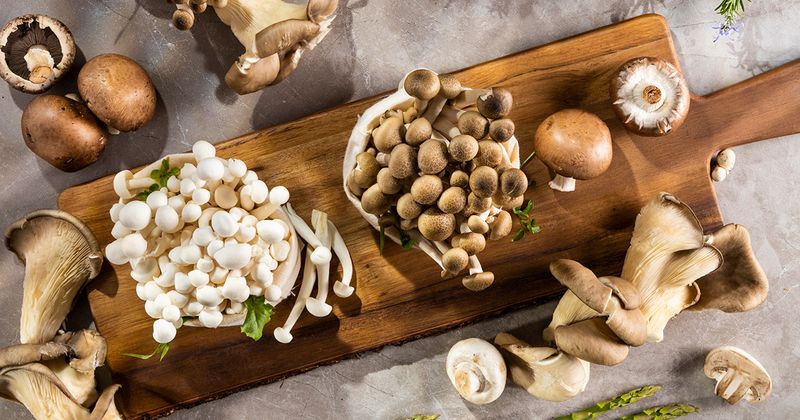
Mushrooms, especially shiitake and maitake, are celebrated for their immune-boosting properties. Their umami flavor and meaty texture make them a favorite in various cuisines. Mushrooms support anti-inflammatory processes, transforming meals into explorations of flavor and health. They are a testament to the power of nature’s bounty.
38. Citrus Fruits

Citrus fruits, with their zesty flavors and bright colors, are a source of vitamin C, which helps control inflammation and boosts collagen. Whether juiced or eaten fresh, they bring both vitality and nourishment to the table. Citrus fruits transform meals into vibrant experiences, offering a burst of flavor and health.
39. Whole Grains
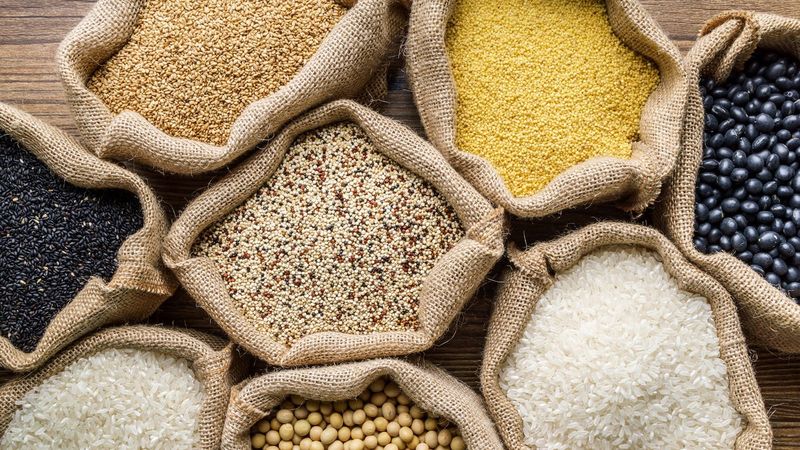
Whole grains, including brown rice, oats, and quinoa, offer anti-inflammatory fiber and essential nutrients. Their hearty textures and nutty flavors make them a staple in various dishes. Whole grains support digestive health and provide sustained energy, turning meals into experiences of nourishment and taste. They are a bridge between tradition and wellness.
40. Fermented Foods

Fermented foods like kimchi, kefir, and sauerkraut are key to gut health, which plays a vital role in controlling inflammation. Their tangy flavors and probiotics offer both taste and nourishment. Incorporating fermented foods into meals supports wellness, turning everyday dining into an exploration of flavor and health. They are a testament to the wisdom of traditional practices.



